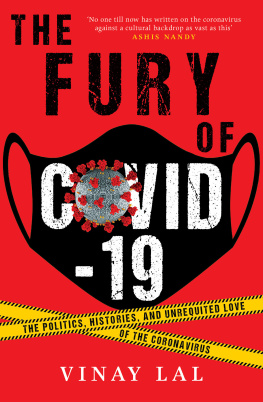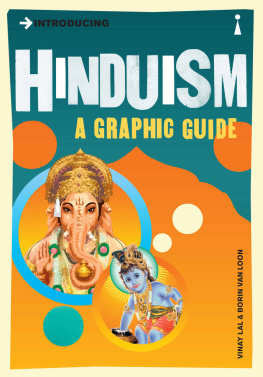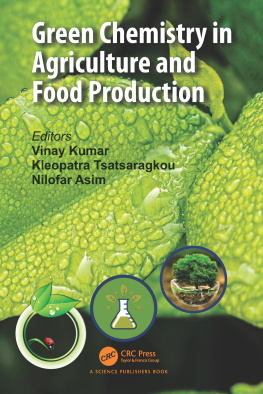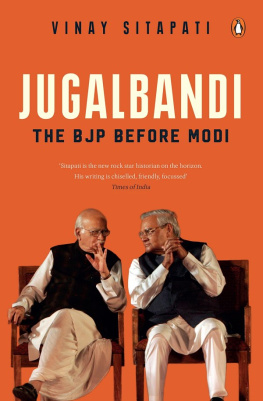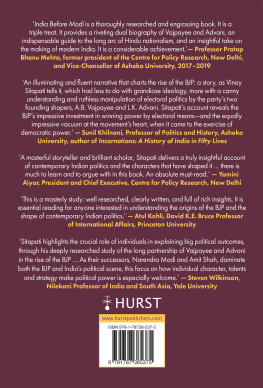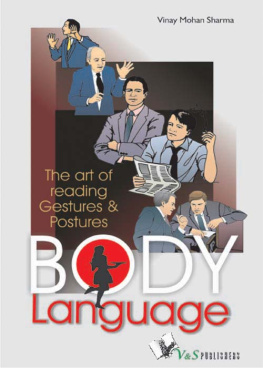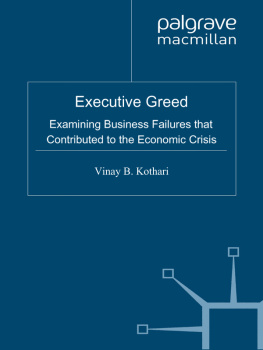for Anju
alwaysthere
and
for Harsh Mander
alwaystherefor
thepeopleandConstitutionofIndia
Contents
Guide
Preface and Acknowledgements
In late February a Japanese scholar, who had invited me to a conference on Gandhi that was scheduled to be held at the University of Tokyo on March 7, emailed me with the news that the organizers of the conference had reluctantly taken a decision to call it off in view of the enormous uncertainty generated by the creeping spread of the coronavirus beyond China. The virus had yet to strike most countries and the news from Italy, which would soon transfix everyone, was still a trickle. Around the same time, on the evening of February 27, I spoke on the phone with another Japanese friend who shared with me the information that some hours ago Prime Minister Shinzo Abe had called for all schools to be shut down nationwide with immediate effect and to remain closed until early April. Abes decision seemed puzzling to my friend as it did to me. The course that the virus had taken thus far suggested that children were, if not entirely immune to COVID-19, very unlikely to be struck by the virus. There were almost no reports of children having become infected and the disease certainly did not seem to be fatal to them; moreover, leaving aside China, no other country had been widely reported as having ordered its schools shut. There were no WHO guidelines on school closures at this time, and though in Britain 13 schools had shut down, a decision taken in each instance by the school principal, the Health Minister Matt Hancock stated categorically that there was no need for any school to close unless it had a confirmed case of the coronavirus. In retrospect, Abe maybe viewed as having acted not just with caution but admirable prudence. If Italy has an ageing population, that is all the more so true of Japan which is in the midst of a demographic crisis. It has the oldest population in the world, 28 per cent of the Japanese are over 65 years old, and its fertility rate is below replacement rate. Abe may have been thinking of the implications for the country if the virus does strike children, even toddlers and elementary school-age children, and acted with what now maybe deemed as foresight in ordering schools closed. He must have seen school closures as vital to protect the countrys future.
Eight months after SARS-CoV-2 was first reported, we now know with greater certainty that the virus can be transmitted to children even if adults account for a preponderant number of all cases. In the US, coronavirus among children increased by 21 per cent halfway through the month of August and 50,000 children are reported to have been infected by mid-August. Yet the science is still, to use a rather cliched word, evolving a testament, the scientists will say, to the interminable search for truth that is purportedly intrinsic to the scientific method. Scientists periodically report findings at odds with guidelines issued by the WHO and similar national bodies, and these guidelines appear to be revised every few weeks. Until July 9, when the WHO issued a new set of guidelines, the organizations stated position had been that airborne transmission was only prevalent during certain medical procedures and that infections almost always occur when respiratory droplets emanating from an infected person are inhaled by another person in very close proximity or, much less frequently, when contaminated surfaces are touched. It then grudgingly admitted that aerosols, or microscopic particles, can linger in the air for hours and may transmit the virus to others. It took an open letter from 239 researchers from 32 countries to make the WHO and CDC modify their positions, though the WHO, pointing to an outbreak at a choir practice in Washington in which 53 of the 61 singers were infected and two died, still felt constrained to add that research is urgently needed to investigate such instances and assess their significance for transmission of COVID-19. Though the six-feet rule for physical distancing has not been revised as such, a number of reports from scientific researchers have been calling that into question and some research suggests that the coronavirus can travel three to four times that distance in the air. It is entirely conceivable that even this basic rule may be cast aside as inadequate in the weeks ahead.
This book has been a greater challenge than any other book I have written not merely because the science behind the coronavirus is debatable. Indeed, science forms a very little part of the book. Some of the data will have become obsolete, though the substantive implications of such changes are generally very slight. Though some version of the lockdown, an odd term for reasons I will turn to shortly, has been observed in nearly every country, the national response has still varied considerably. In this book, to take one illustration, I compare briefly the success of Vietnam in containing the virus with the way it has galloped from place to place in the US. When I wrote about Vietnam a few weeks ago, the country had zero deaths, fewer than 500 cases, and it had flattened the curve.

